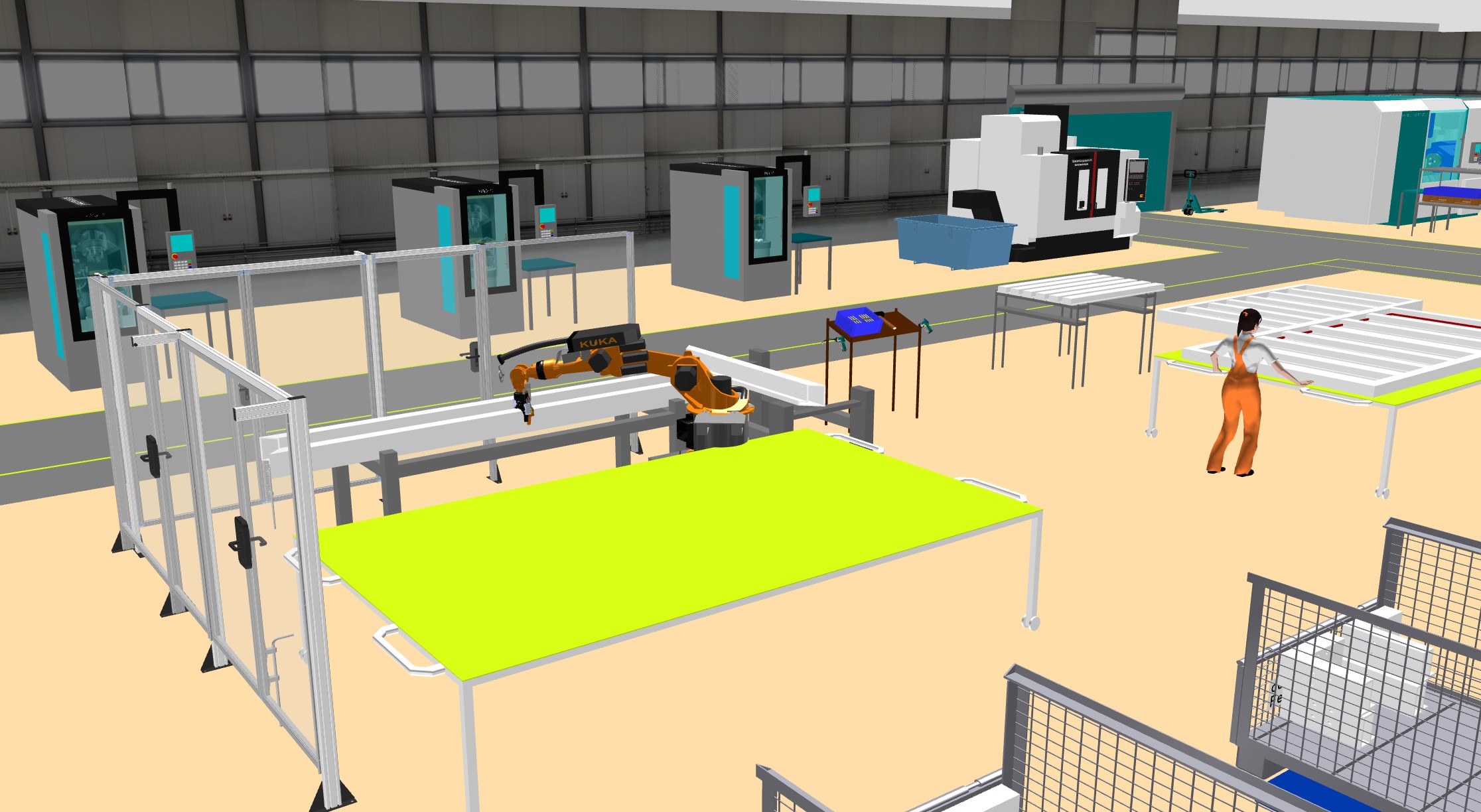OSiM
Optimization of technology-supported manual processes based on simulation with human models
Authors: Prof. Thomas Linner, Marc Schmailzl, imk Industrial Intelligence, Anne-Sophie Saffert.

Abstract: Simulation with human models allows manual work processes involving interaction with tools, machines, and robots to be digitally mapped and optimized using time and ergonomics analyses. Human work activities can be modeled down to finger movements and automatically fed into the software environment using motion capturing if required. The generated environment configurations can be exported and used in other development environments to generate the machine movements/programs.
Key technologies/processes: A software environment for virtual mapping and evaluation of human-machine interaction in handcraft production processes, a method for optimizing operational processes.
Applicable to the following types of trade: in particular types of trade in which assembly processes play a central role.
The solution to the problem: software takes on the role of a production engineer, which smaller companies are often unable to afford.
Added value potential for the skilled trades: Significant reduction in development and implementation costs for new processes and collaborative robots as development and testing can be virtualized to a large extent. Optimization of ergonomics and occupational safety for technical innovations.
Outlook and future development: In collaboration with the CyberCraft Insitute, craft-specific scenarios, tools, and machines are being pre-modeled as templates. In addition, research is being initialized in the software to enable AI-based optimization in the future, e.g. through generative approaches and the efficient iteration of possible workstation configurations.